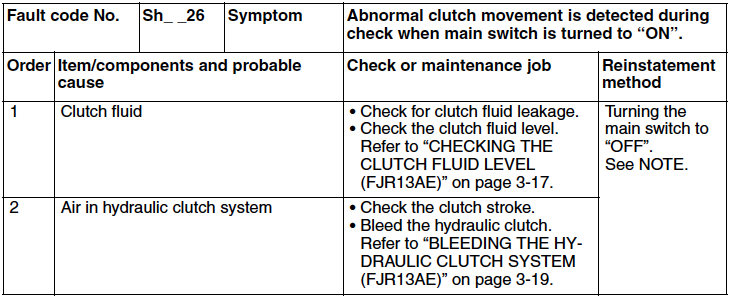wyowanderer
Active member
Has anyone else had trouble bleeding out the old clutch fluid on their AE? I hooked up my mity-vac to the bleed nipple and got very little fluid out of the system. The level in the reservoir didn't change much either. In the process I am now pretty certain I have introduced air into the system and don't think I have emptied out all the old stuff. Not sure what would be preventing the flow???? What is the capacity of the system as well?
Also, I have been getting the dreaded SH 26 error code very frequently. Have 12,000 miles on bike now. Thinking I should have purchased the extended warranty when I bought the bike this past January! Dang. I am bumming about that after reading some horror threads on this site. Not sure if this is related to not being able to get clutch fluid out.
Thanks for any and all help.
Also, I have been getting the dreaded SH 26 error code very frequently. Have 12,000 miles on bike now. Thinking I should have purchased the extended warranty when I bought the bike this past January! Dang. I am bumming about that after reading some horror threads on this site. Not sure if this is related to not being able to get clutch fluid out.
Thanks for any and all help.





